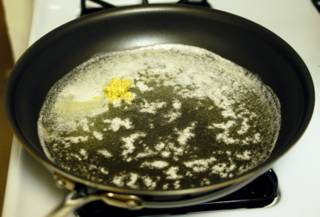
By Chef Priya Menon
Ingredients
- 250g ladies finger or okra, washed and dried
- 1 big onion, sliced finely or diced
- 5 pieces dried chilli, break into small pieces
- 1 tbsp ginger, diced
- 1 tbsp garlic, diced
- 1 tbsp green chilli, diced (optional)
- 1 tsp whole mustard seeds
- 1 tsp whole fennel
- 1 tsp whole cumin
- 1/2 tsp turmeric powder
- 1 small sprig curry leaf
- oil and salt as required
Method
Wash and dry okra. Its important that the okra is dry to avoid its slime. So dry it before you slice the okra as desired.
Heat oil in pan over very low heat and add mustard seeds, cumin and fennel.
When mustard seeds start to splutter, add the diced onions, garlic, ginger, curry leaves, green and dried chillis.
Stir fry the whole masala for about a minute and then add turmeric and okra.
At this stage , bring the heat up to medium and add salt to the okra.
Gently stir fry till the okra is coated with the spices.
When the vegetable is soft to the touch, its done. Remove from heat and serve.
Note : this is the best way to familiarise your self with the taste of whole spices. This is a very familiar classic Indian dish. This is Still one of my favourite all time vegetacle dish. If you add yogurt to this dish , it becomes a fried okra raita. the possibilities with this basic dish is immense.




















